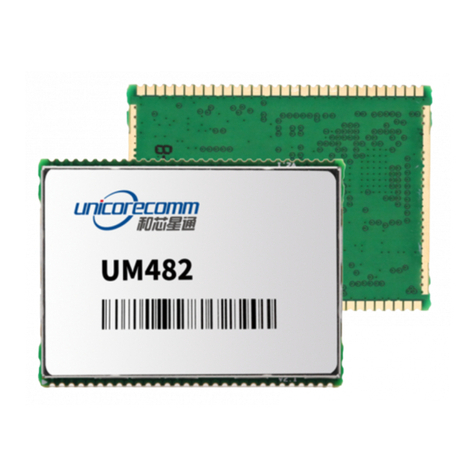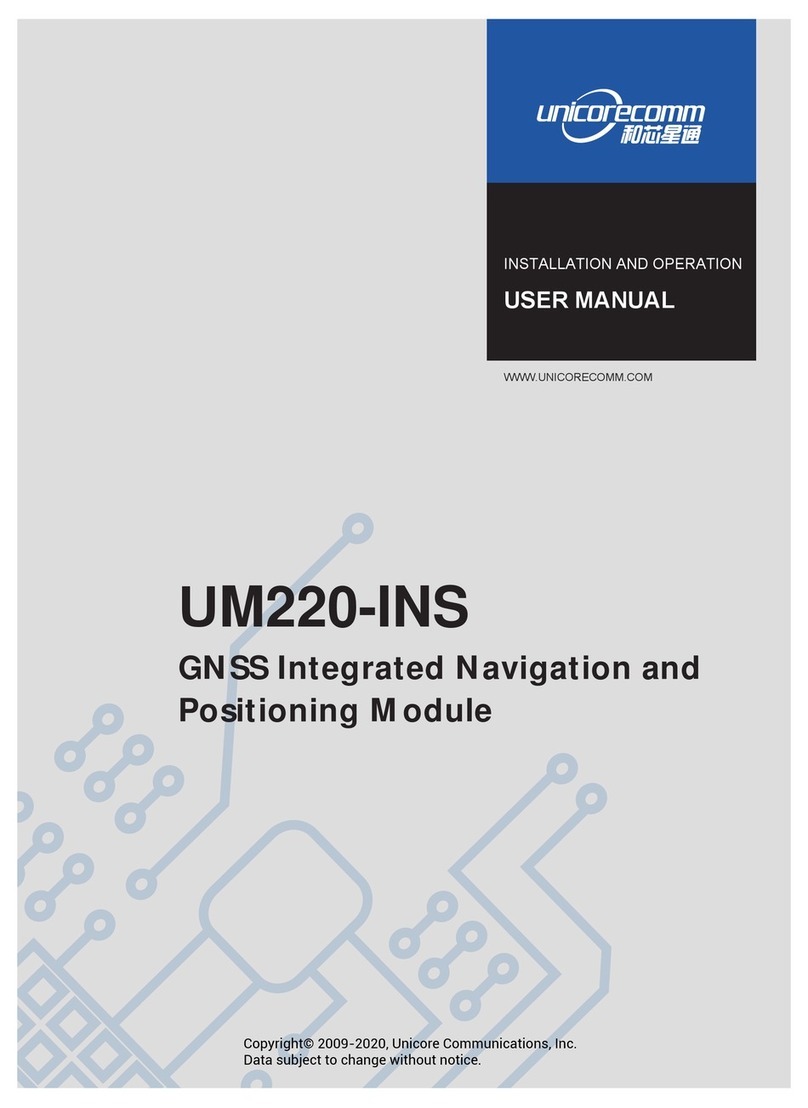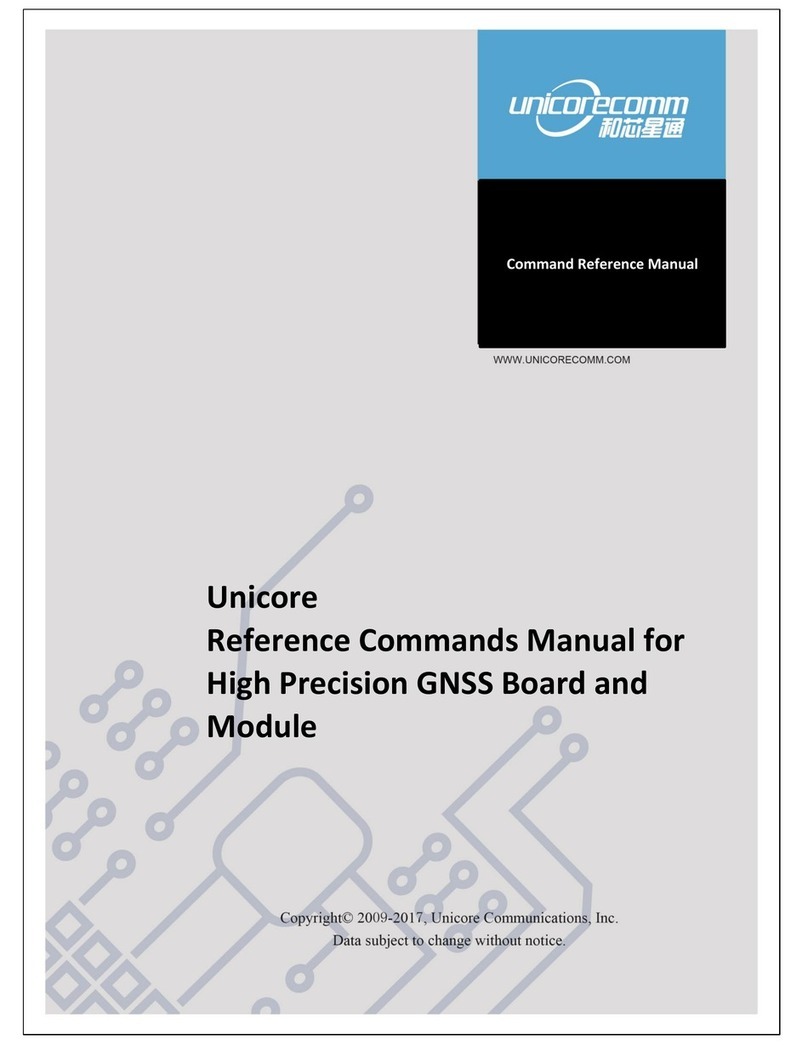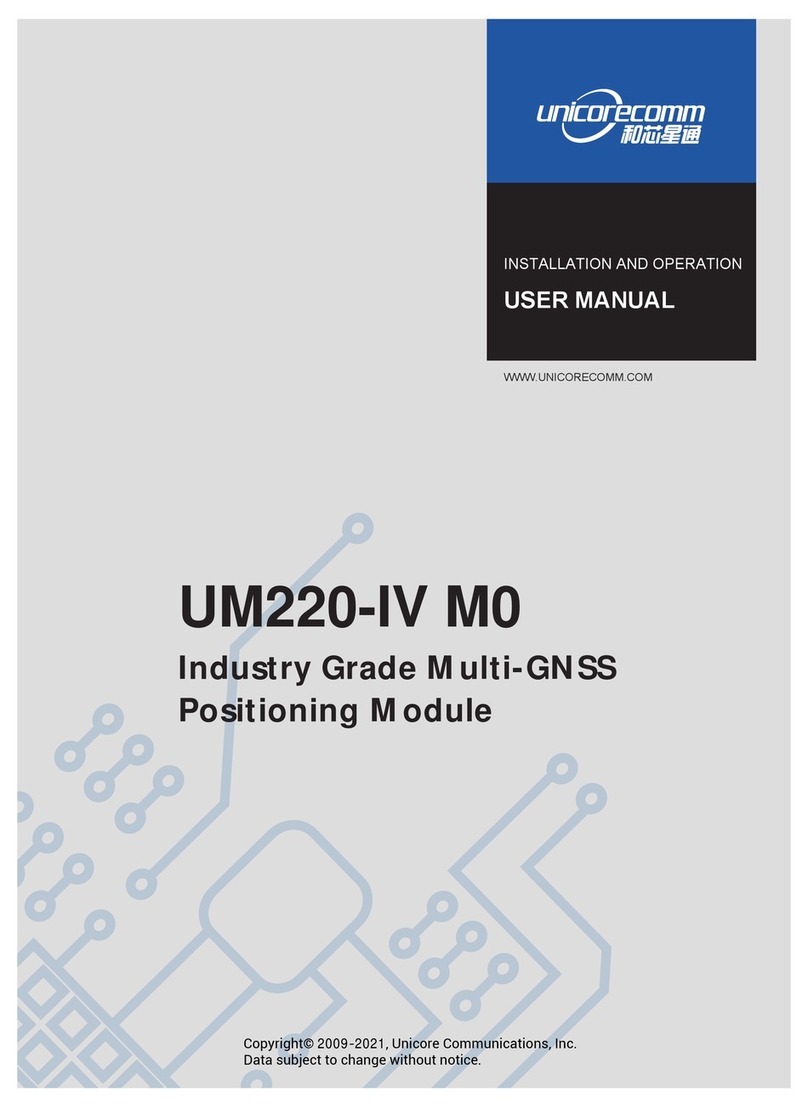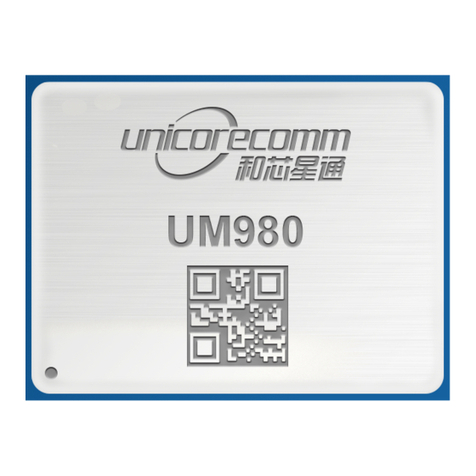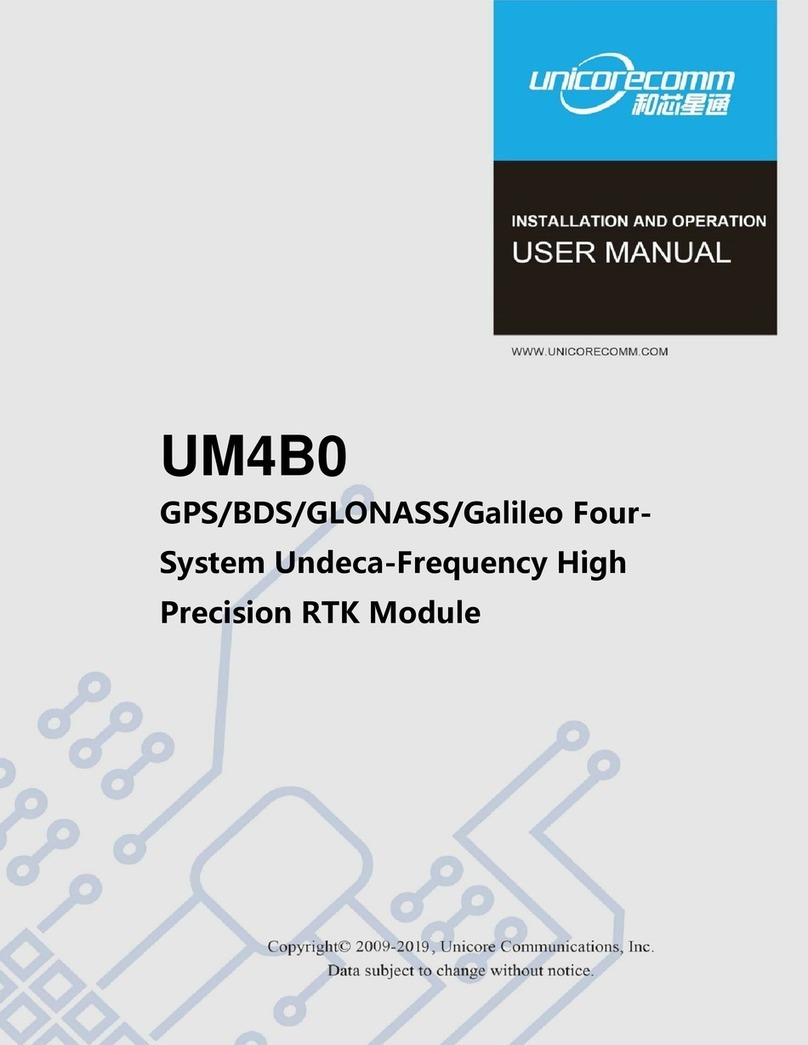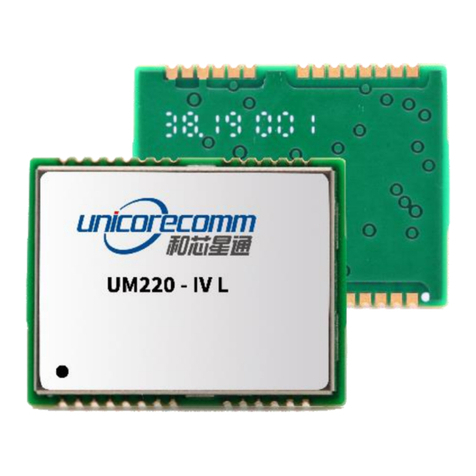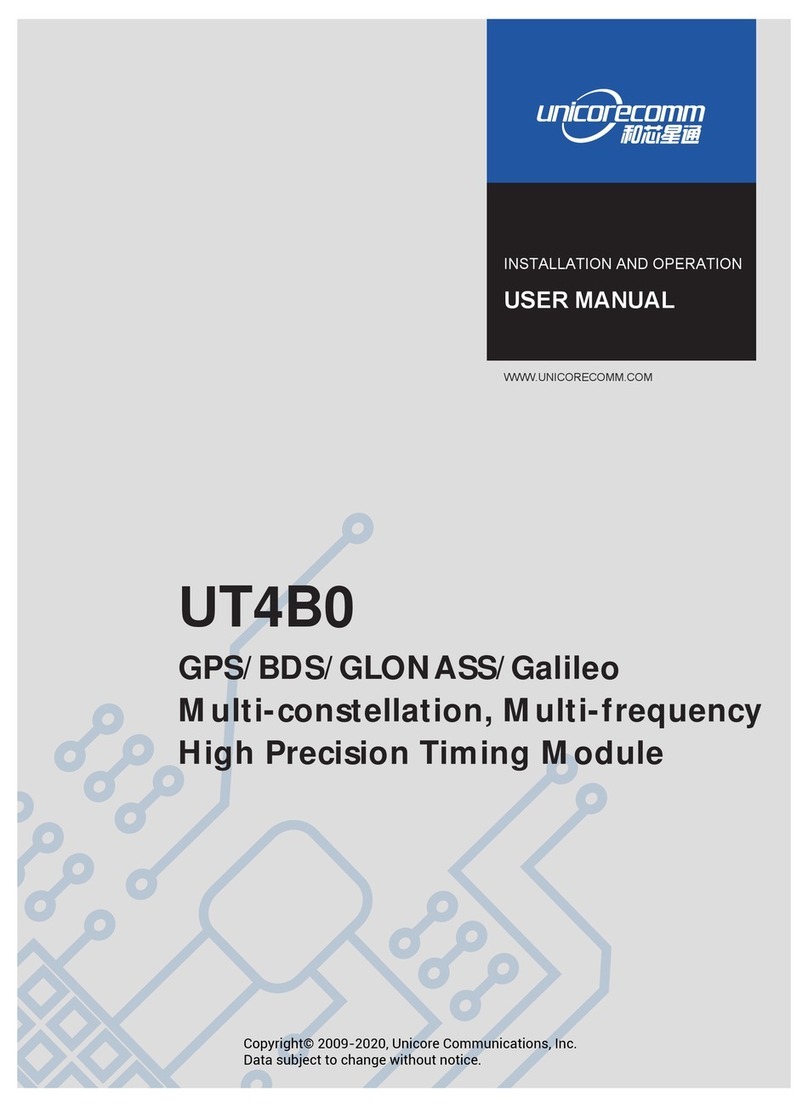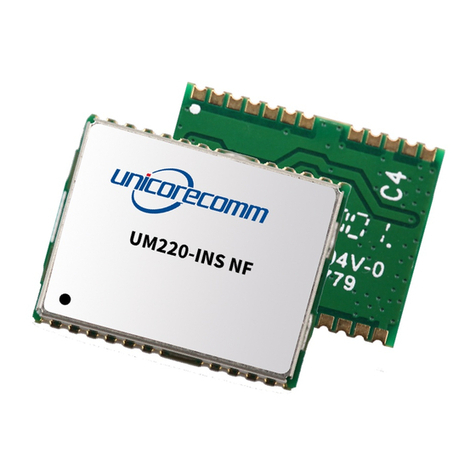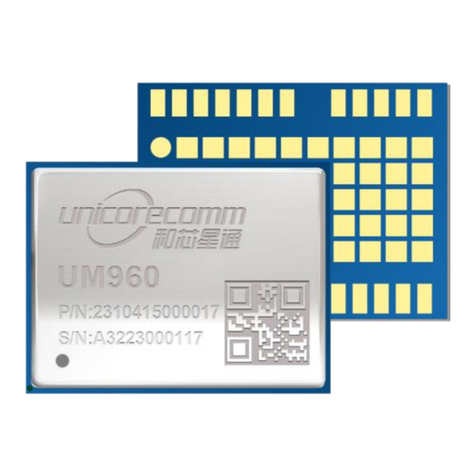I
Contents
1INTRODUCTION..................................................................... 1
1.1 OVERVIEW ...................................................................................................................1
1.2 KEY FEATURES.............................................................................................................1
1.3 INTERFACE...................................................................................................................2
2PRODUCT INSTALLATION..................................................... 3
2.1 INSTALLATION PREPARATION ........................................................................................3
2.2 HARDWARE INSTALLATION ............................................................................................4
3TECHNICAL SPECIFICATIONS............................................... 5
3.1 ELECTRICAL SPECIFICATIONS.........................................................................................5
3.2 OPERATION CONDITION.................................................................................................5
3.3 DIMENSIONS................................................................................................................5
3.4 PIN DEFINITION (TOP VIEW)..........................................................................................6
4HARDWARE DESIGN.............................................................. 7
4.1 DESIGN IN CONSIDERATIONS .........................................................................................7
4.2 AVOID POWER CONNECTION..........................................................................................8
4.3 ANTENNA ....................................................................................................................8
4.4 SERIAL PORT ...............................................................................................................9
5DISASSEMBLY .................................................................... 11
6PACKAGE............................................................................ 11
6.1 PRODUCT LABEL DESCRIPTION ................................................................................... 11
6.2 PACKAGE DESCRIPTION ............................................................................................. 11
7CLEAN................................................................................. 13
8REFLOW SOLDERING........................................................... 13
